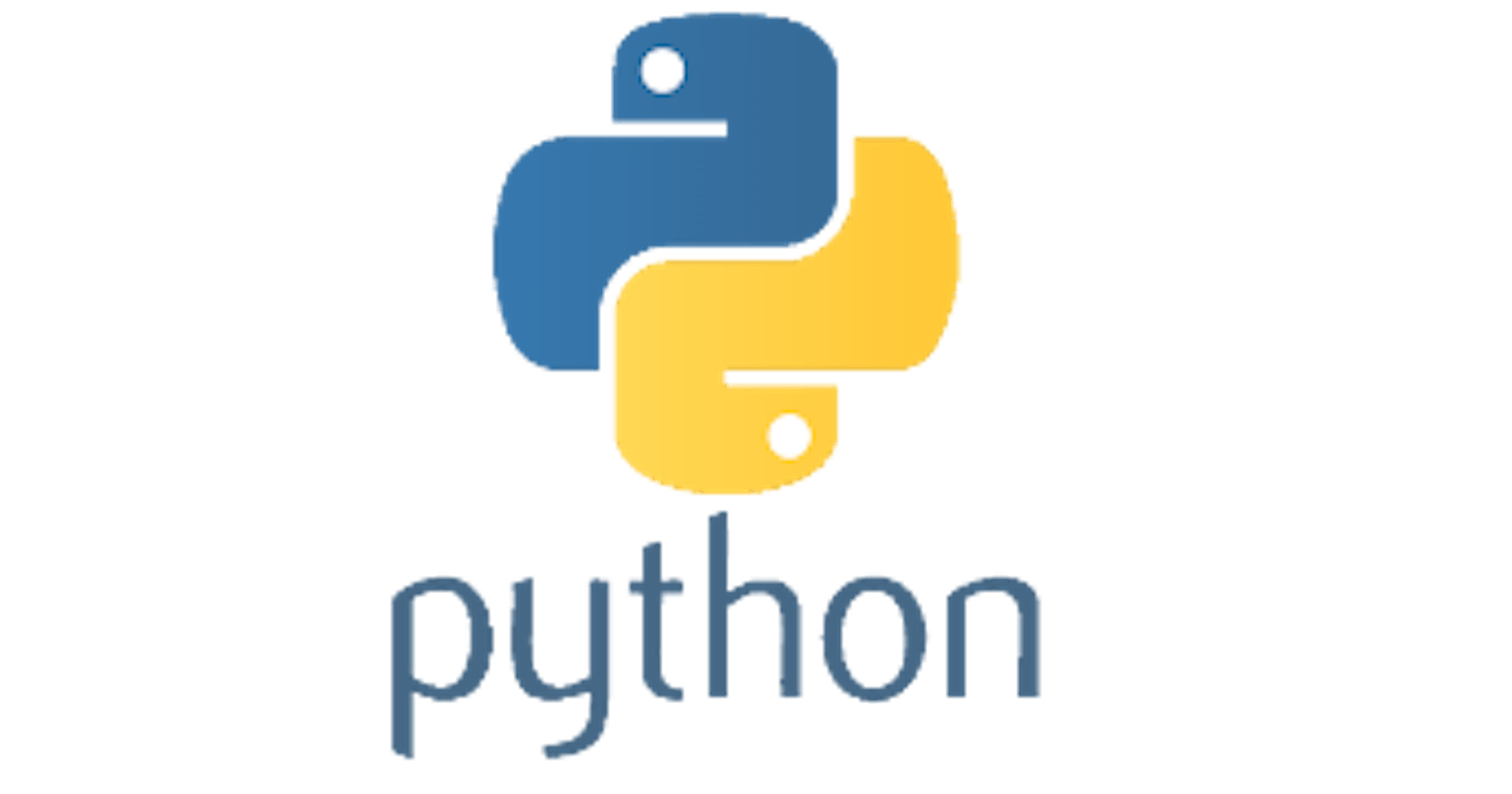Table of contents
Introduction
In the world of programming, Python has emerged as one of the most popular and versatile languages. Loved by beginners and experts alike, Python's simplicity, readability, and extensive libraries make it an excellent choice for a wide range of applications. Whether you are a web developer, data scientist, or aspiring machine learning engineer, Python has got you covered. In this blog post, we will explore the reasons why Python continues to thrive and dominate the programming landscape.
Features
Simplicity and Readability: Python's elegant syntax and readability make it a joy to write and understand. Unlike some other programming languages, Python emphasizes code readability, allowing developers to write clean, organized, and maintainable code. Its use of indentation to delimit code blocks also enhances readability, making it easier for beginners to grasp programming concepts.
Extensive Libraries and Frameworks: One of Python's major strengths is its rich ecosystem of libraries and frameworks. The Python Package Index (PyPI) hosts over 300,000 packages, providing solutions for virtually any task you can imagine. Whether you need to handle data analysis with Pandas, build web applications with Django or Flask, or develop machine learning models with TensorFlow or PyTorch, Python has mature and well-documented libraries that simplify the development process.
Versatility and Cross-Platform Compatibility: Python is a versatile language that can be used for a wide range of applications. It is equally adept at web development, scientific computing, data analysis, artificial intelligence, automation, and more. Additionally, Python's cross-platform compatibility allows developers to write code once and run it on different operating systems, including Windows, macOS, and Linux.
Strong Community and Support: Python boasts a thriving and supportive community of developers. The Python Software Foundation (PSF) oversees the language's development and promotes its growth. The community actively contributes to open-source projects, shares knowledge through forums, blogs, and conferences, and provides comprehensive documentation. This collective effort ensures that developers always have access to the latest updates, best practices, and solutions to common problems.
Easy Integration with Other Languages: Python's versatility extends beyond its own capabilities. It plays well with other languages, allowing seamless integration within existing projects. Whether you need to incorporate modules written in C/C++, Java, or .NET, Python provides a straightforward interface for calling functions from other languages, enabling developers to leverage the strengths of multiple languages within a single project.
Rapid Prototyping and Time Efficiency: Python's simplicity and vast library ecosystem enable rapid prototyping and quick development cycles. Its high-level nature reduces the time needed for writing code, allowing developers to focus on problem-solving rather than dealing with low-level details. Python's extensive libraries provide pre-built functions and modules for common tasks, further accelerating development speed and reducing time-to-market.
Excellent for Data Analysis and Machine Learning: Python has become the go-to language for data analysis and machine learning. With libraries such as NumPy, Pandas, and Matplotlib, Python offers powerful tools for data manipulation, analysis, and visualization. Moreover, frameworks like TensorFlow and PyTorch provide robust platforms for developing and deploying machine learning models. Python's simplicity, combined with its extensive data science ecosystem, makes it an ideal choice for both beginner and advanced data scientists.
Type Casting
In Python, user input plays a crucial role in creating interactive programs that can receive information directly from users. While accepting user input is relatively straightforward, typecasting allows developers to manipulate and convert the input to different data types, opening up a plethora of possibilities for handling and processing user-supplied data.
Accepting User Input: Python provides the built-in function
input()for accepting user input from the console. When this function is called, the program pauses and waits for the user to enter text. Once the user presses the "Enter" key, the input is returned as a string. For example:
In the above code snippet, the user is prompted to enter their name, and the input is stored in the variable
name. The program then greets the user using the provided namePython allows developers to convert data from one type to another through typecasting. Typecasting is accomplished by using the built-in functions int(), float(), str(), and so on, depending on the desired data type conversion. Here's an example:

In the above code, the user's age is captured as a string through the input() function. To perform calculations or comparisons involving age, it is converted to an integer using the int() function.
Typecasting becomes particularly useful when dealing with numeric input. By default, user input is treated as a string, but for mathematical operations or comparisons, the input often needs to be converted to numeric types such as int or float. Here's an example that calculates the area of a rectangle:

In the above code, the user is prompted to enter the length and width of a rectangle. The input, which is captured as strings, is then typecasted to floats using the float() function to perform the multiplication.
Multiple user input (split method)
If you need to gather multiple inputs within a single line, you can split the input using the split() method. This method divides a string into a list of substrings based on a specified delimiter. Here's an example:

